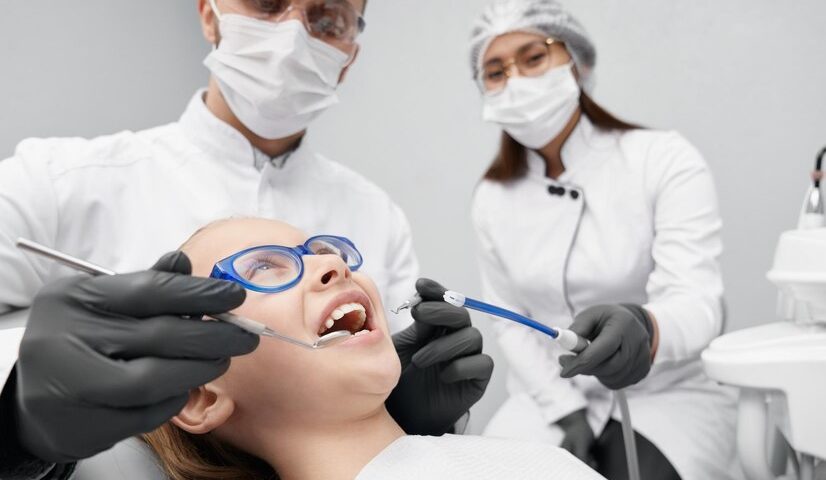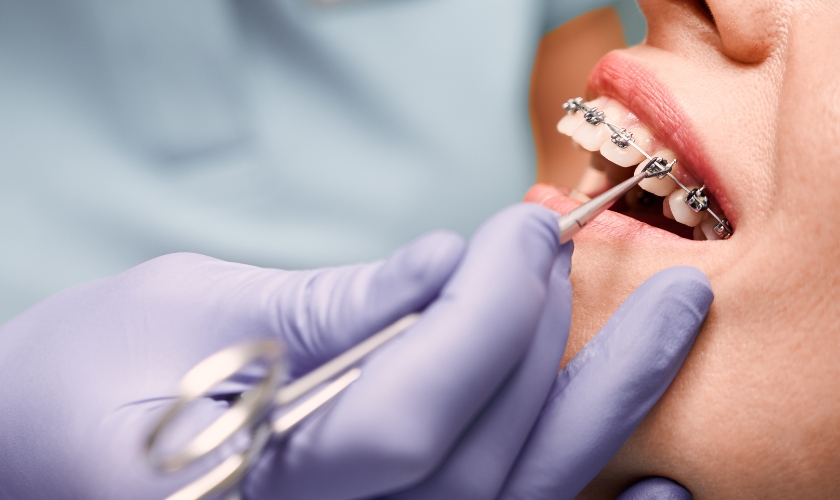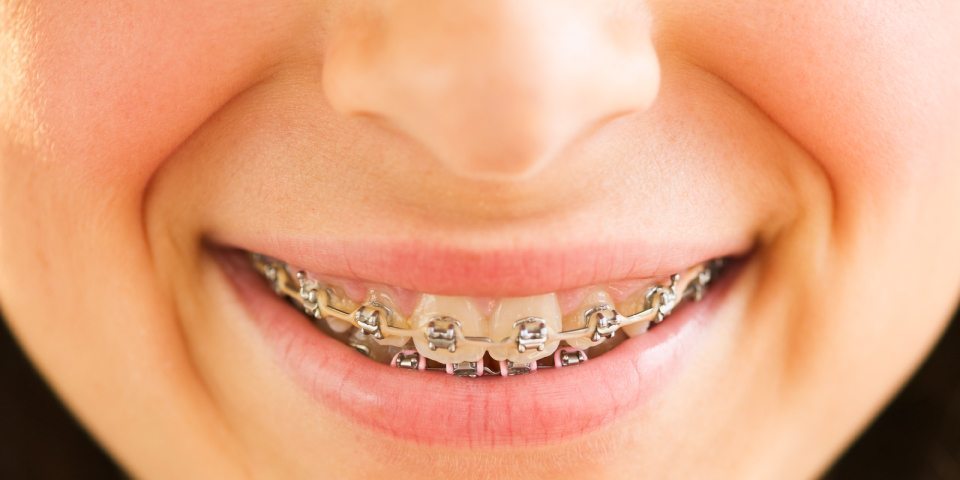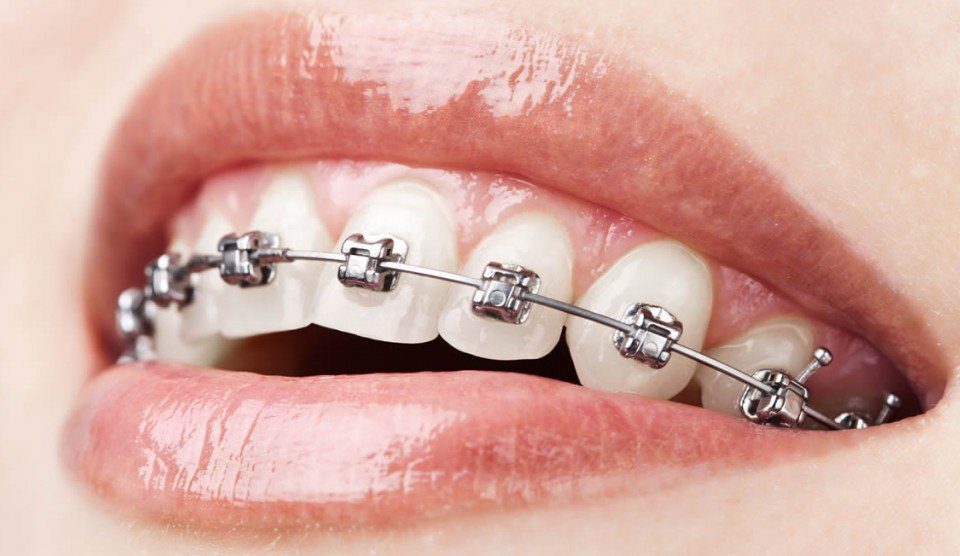Benefits Of Early Orthodontic Intervention In Children

How long do professionally whitened teeth last?
September 6, 2022
How To Find The Right Emergency Dentist Near Me In Olds?
September 22, 2022Timing is of utmost importance when choosing orthodontic treatment for your child. It doesn’t mean that there is an age barrier for orthodontic treatment. An orthodontist can improve your smile at any age. However, there is an optimal time during which orthodontic intervention for your child is desirable for better dental health outcomes in the future. In this blog, you will learn about the various benefits of early orthodontic intervention in children.
When should your child visit an orthodontist?
Orthodontics can enhance the appearance of your child’s teeth. Your child’s teeth should be examined by an orthodontist as early as seven years old. It is an age when the baby teeth will still be in your mouth. Even though parents feel that their child’s teeth are straight, there could still be many underlying issues based on the way the adult teeth erupt, problems due to thumb sucking, a misaligned bite etc., which are the problems that could be diagnosed only by an orthodontist. The orthodontist will also analyze the relationship between the upper and lower jaw. Once the problems are identified, the orthodontist will take corrective measures to avoid such potential problems for future adult teeth.
Phase-one of early orthodontic treatment: Interceptive orthodontics
The first phase of orthodontic treatment includes the guidance of dental and facial development in children. The early treatment, also known as interceptive orthodontics, begins at the age of 7. It is an age wherein the child will have primary or baby teeth. Severe dental problems when the child grows into an adult can be prevented with the help of interceptive orthodontics. The orthodontist will have more control over where the permanent teeth are positioned by addressing the jaw and teeth structure. It is performed when the baby’s teeth are still in the mouth.
By age 7, the child’s mouth has grown, and there is enough sound structure to determine how permanent teeth will erupt. The main objective of an orthodontist and a pediatric dentist is to resolve the bite issues at a time when the child is still growing. By addressing dental problems early on, the possibility of potential and severe dental problems in the future can be eliminated.
Advantages of early intervention: Phase-One
- Determine a better prognosis of the development of permanent teeth.
- Address dental problems in your children, such as thumb sucking and tongue pushing.
- Address the bite problems ranging from crossbite, open bite and deep bite.
- Take the required measures to guide the jaw’s growth to accommodate emerging teeth.
- Eliminates the risk of future dental problems that are severe.
- Improves the overall appearance of the child and also their self-confidence and self-esteem.
The second phase in orthodontic treatment
The second orthodontic treatment phase occurs when your child has most or all of their primary or baby teeth. The permanent teeth are moved to their desired position during this stage of treatment. Furthermore, it helps you correct minor bite issues and improves the child’s self-esteem.
The main objectives of phase-two treatment are as given below.
- Establish a proper relationship between the teeth and jaws.
- Correct the misalignment of the teeth.
- Guide child’s oral growth and development.
- Eliminates potential dental problems later.
How to know that your child requires early orthodontic treatment?
- Open bite
- Deep bite
- Crossbite
- Crowding of the teeth
- The excessive gap between the teeth
- Teeth that don’t emerge in proper sequence
- Missing teeth
- Thumb sucking or finger sucking that is having an impact on the teeth and jaw growth.
Conclusion
Early orthodontic intervention can play a crucial role in the proper growth and development of teeth and bones in your child. Orthodontic treatment such as teeth braces and invisible braces may not be necessary for every child. However, a visit to an orthodontist near me can help you evaluate your child’s teeth and jaws and take the required measures to correct those dental problems.




